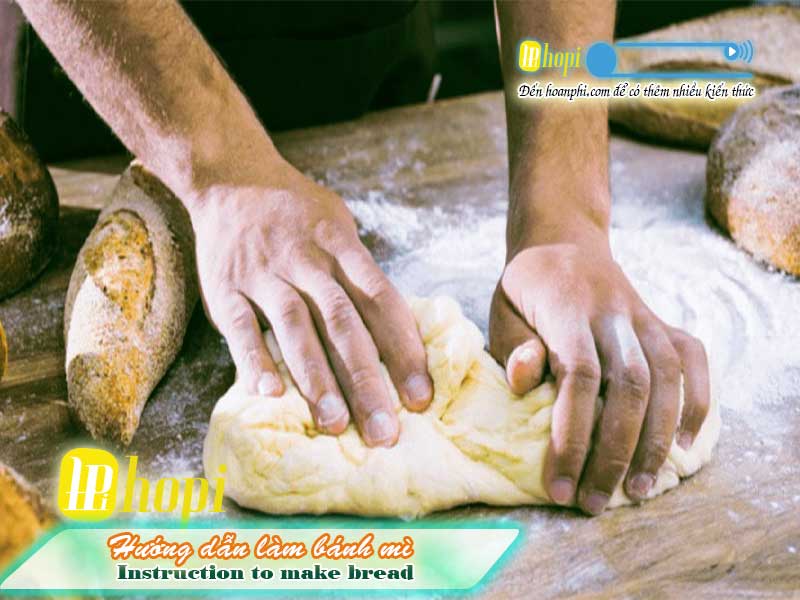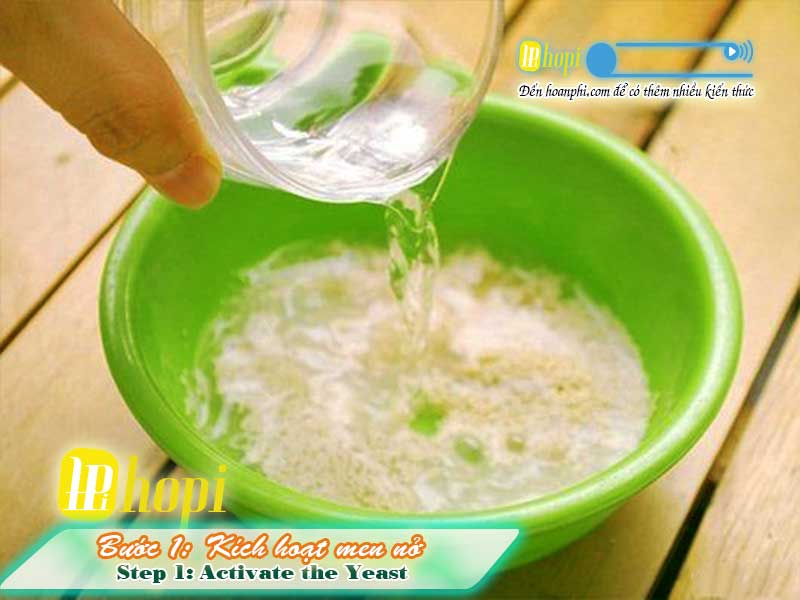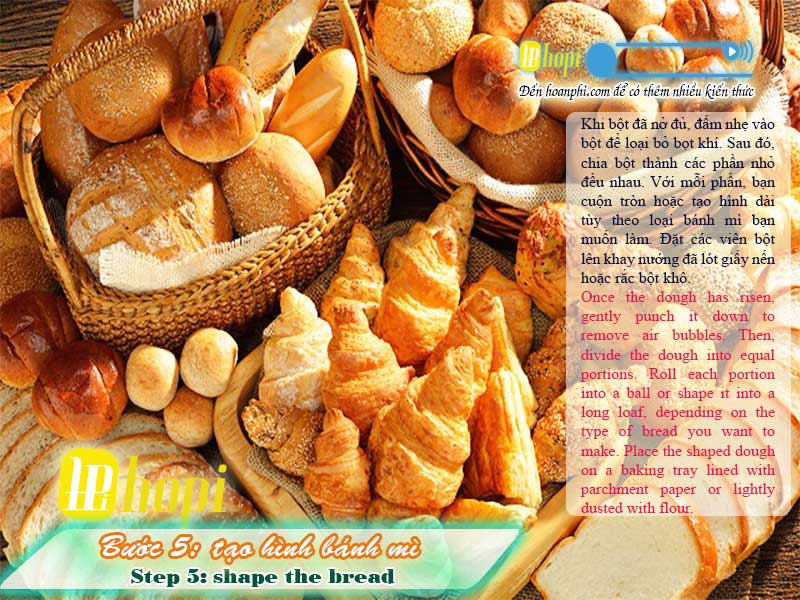Categories
Cuisine
How to Make Bread at Home: As Delicious as in a Store
Bread is an incredibly popular and beloved dish in Vietnam. With its crispy crust, soft interior, and fragrant aroma, Vietnamese bread has won the hearts of many food lovers. However, you may not always be able to go out and buy fresh bread, especially when you crave it right at home. The good news is that making bread at home isn’t too difficult, and you can create bakery-quality loaves if you master the basic techniques. In this article, we will explore a simple yet effective method to make delicious bread at home.
Bread is an incredibly popular and beloved dish in Vietnam. With its crispy crust, soft interior, and fragrant aroma, Vietnamese bread has won the hearts of many food lovers. However, you may not always be able to go out and buy fresh bread, especially when you crave it right at home. The good news is that making bread at home isn’t too difficult, and you can create bakery-quality loaves if you master the basic techniques. In this article, we will explore a simple yet effective method to make delicious bread at home.

2. Ingredients Needed
To make bread at home, you will need the following ingredients:
- All-purpose flour: 500g
- Yeast: 10g (about 1 packet of dry yeast)
- Sugar: 10g
- Salt: 10g
- Warm water: 300ml
- Cooking oil: 30ml (can be substituted with melted butter)
- Vinegar: 5ml (to help the bread crust become crispier)
3. Steps to Make Bread at Home

3.1. Step 1: Activate the Yeast
Start by activating the yeast. Dissolve the sugar in warm water, then add the yeast and stir well. Let it sit for about 10 minutes until the yeast forms a frothy layer on the surface. This indicates that the yeast has been successfully activated and is ready to use.
.jpg)
3.2. Step 2: Mix the Dough
In a large bowl, mix the flour and salt together. Create a well in the center of the flour and pour in the activated yeast, oil, and vinegar. Use a spoon or your hands to knead the dough until all the ingredients are well combined.

3.3. Step 3: Knead the Dough
Kneading is an important step to achieve the characteristic texture of bread. Place the dough on a flat surface dusted with a little flour to prevent sticking, and start kneading. Use your palms to stretch and fold the dough. Continue kneading for about 10-15 minutes until the dough becomes smooth, elastic, and no longer sticky. If the dough is too dry, you can add a little water; conversely, if it's too sticky, add some flour.

3.4. Step 4: Let the Dough Rise
After kneading, place the dough in a clean bowl and cover it with a damp cloth. Let the dough rise in a warm place for 1-2 hours until it doubles in size. This process allows the yeast to work, causing the dough to expand and develop a fluffy texture.

3.5. Step 5: Shape the Bread
Once the dough has risen, gently punch it down to remove air bubbles. Then, divide the dough into equal portions. Roll each portion into a ball or shape it into a long loaf, depending on the type of bread you want to make. Place the shaped dough on a baking tray lined with parchment paper or lightly dusted with flour.
3.6. Step 6: Second Rise
Cover the dough with a damp cloth and let it rest again for about 30-45 minutes. This second rise will allow the bread to expand further, resulting in a light and airy texture after baking.
3.7. Step 7: Bake the Bread
Preheat your oven to 200-220°C (400-425°F). Before placing the dough in the oven, use a sharp knife to score a few diagonal slashes on the surface of the bread to help it rise evenly and look attractive. For an extra crispy crust, you can spray some water into the oven or place a tray of water at the bottom of the oven.
Bake the bread for about 20-25 minutes until it turns golden brown and sounds hollow when tapped on the bottom. Once baked, remove the bread from the oven and let it cool on a wire rack.
4. Tips for Better Bread
- Water temperature: The water used to activate the yeast should not be too hot as it can kill the yeast. The ideal temperature is around 35-40°C.
- Rising time: The rising time may vary depending on the room temperature. In colder weather, you can extend the rising time or proof the dough in the oven set to a warm setting.
- Creating a crispy crust: Spraying water into the oven during baking or placing a tray of water in the oven will create steam, helping to achieve a crispy bread crust.
5. Conclusion
Making bread at home not only brings joy but also allows you to control the quality and flavor of your bread. With the detailed instructions above, we hope you can make delicious bread at home that rivals bakery-quality loaves. Try it today and enjoy the delightful homemade bread with your family!
Comments
Tin tức khác
Korean Street Food: From Tteokbokki to Hotteok
Weight Loss with Brown Rice: A Nutritional Approach to a Healthier You
Secrets to Cooking Authentic and Flavorful Hanoi-Style Beef Pho









